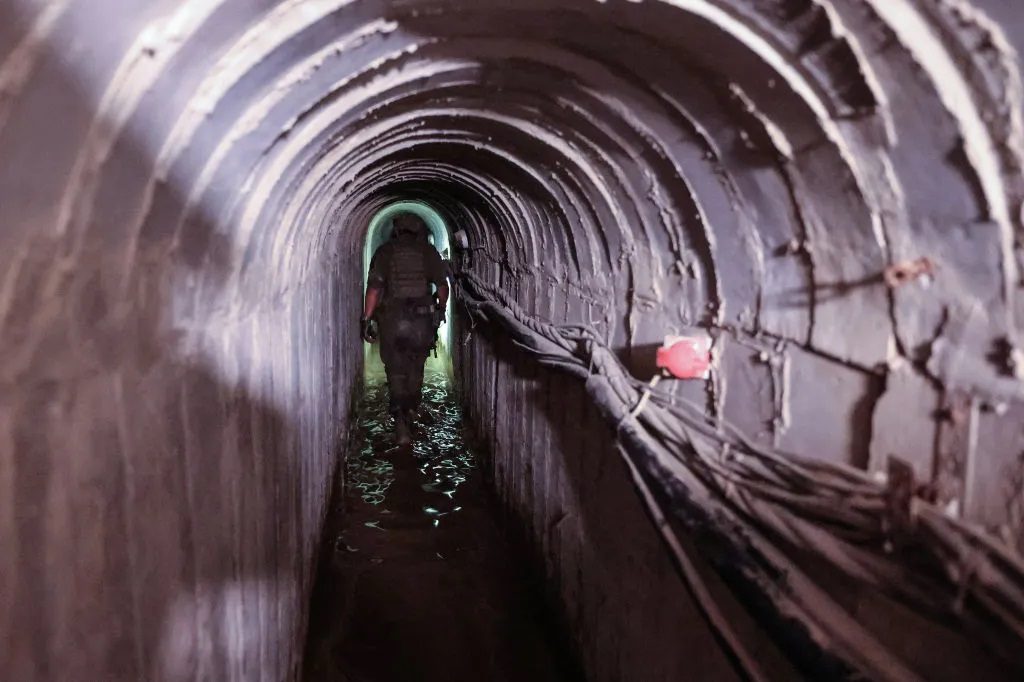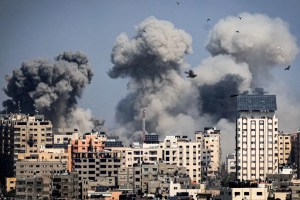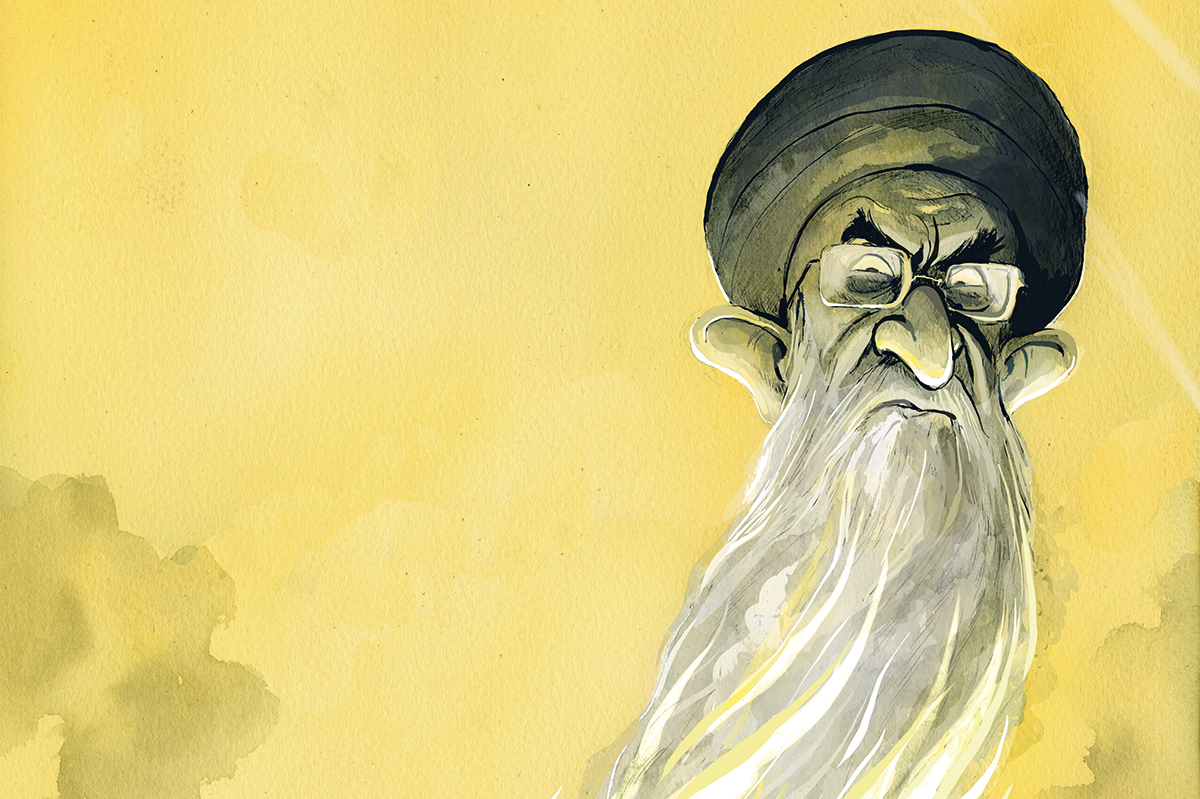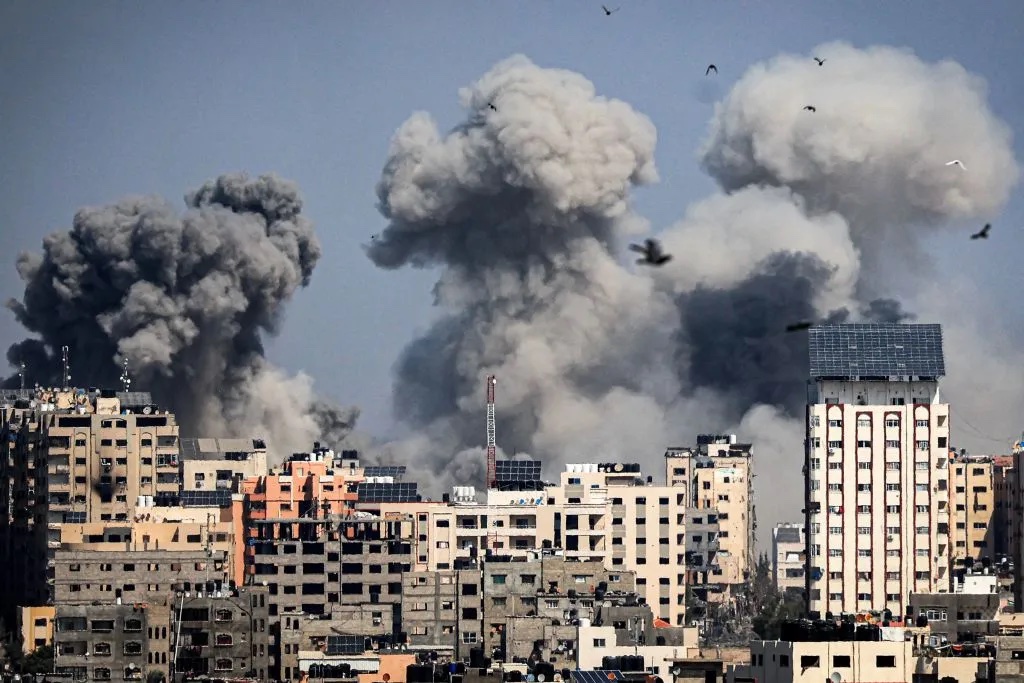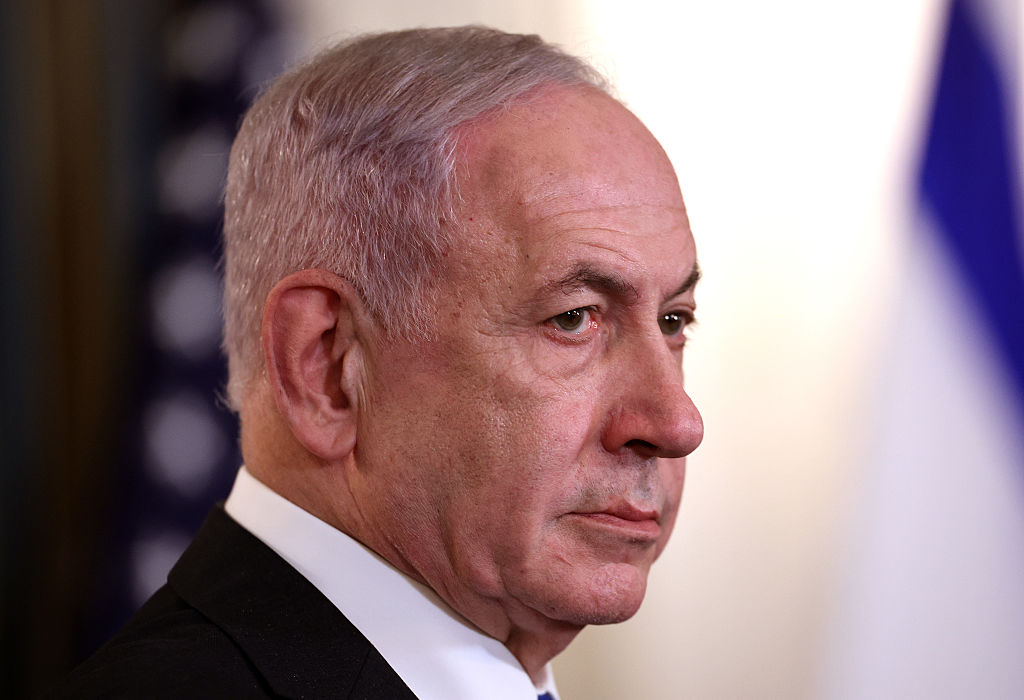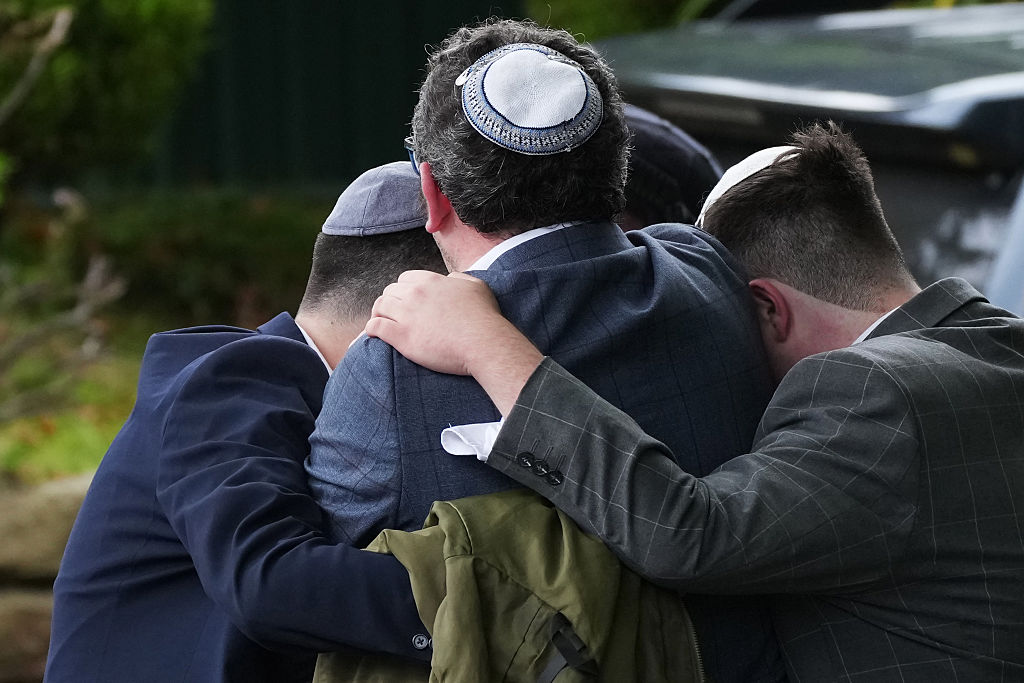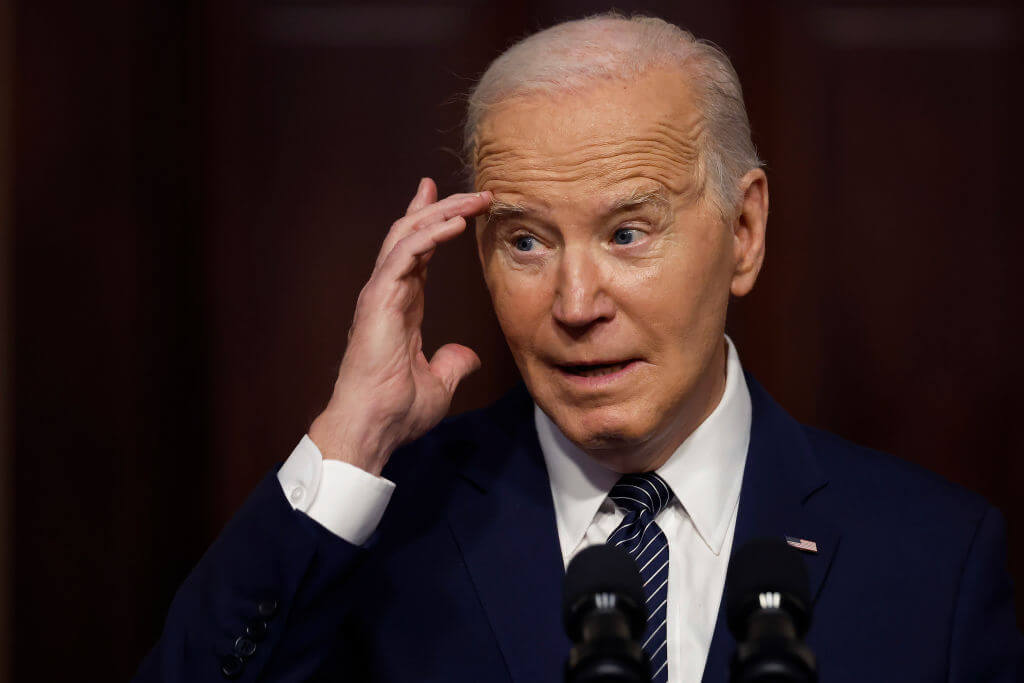Even if the third phase of the Gaza ceasefire deal is successfully completed and all hostages, alive and dead, are handed over, Hamas will still retain its most treasured and most deadly warfare advantage: hundreds of miles of deep tunnels and bunkers known as the Gaza metro.
From day one of the Israel Defense Forces’ retaliatory invasion of Gaza, the search began for the tunnel complex which their opponents were using to hide command bunkers, weapon-making plants, munition stores, fighters and the 250 hostages seized from southern Israel on October 7, 2023.
The IDF may have killed an estimated 17,000 of Hamas’s 30,000 soldiers, but the remnants of the battered fighting force survived because of the Gaza metro. Hamas will also now have potential new recruits among the 1,900 Palestinian prisoners being released under stage one of the ceasefire deal, and a lot more under stage two.
There is nothing in the small print of the ceasefire deal which obligates Hamas to destroy the tunnel complex. So, although the IDF has destroyed or blocked a significant percentage of the tunnels which criss-cross under every Gazan city, large sections have survived; and Hamas has the capacity to rebuild the damaged underground network.
Did this crucial issue come up in conversation between President Trump and Benjamin Netanyahu, the Israeli prime minister, in their White House discussions last week? Was it perhaps one of the topics raised which stimulated Trump to announce his plan to relocate the two million Palestinians to Jordan and Egypt, and then take over Gaza, bulldoze the ruined buildings and convert the territorial strip into a Riviera-style resort
If that grand reconstruction program were ever to happen, it would provide a unique opportunity to bury the tunnels, finally eliminating what took Hamas an estimated 6,000 tons of concrete, 1,800 tons of steel, tens, possibly hundreds of millions of dollars and years of often hand-digging effort to build. The use of unskilled digging was made possible because of Gaza’s soft sandy soil.
It took the IDF a month or so of hard fighting in Gaza after the October 7 attack to reassess the threat posed by the Hamas tunnels. When the retaliatory strikes were launched, Israeli intelligence had estimated that there were 250 miles of tunnels under Gaza. This was staggering enough seeing how the Gaza Strip is only 140 square miles in size.
The new estimate, however, reported in January 2024, raised the total figure to between 350 and 450 miles. Israeli intelligence told the New York Times there were an estimated 100 miles of tunnels just under the southern Gaza city of Khan Younis where IDF thought the Hamas leader Yahya Sinwar was hiding. He was eventually found and killed in Rafah, five miles away.
When the IDF ground campaign began, the tunnel complex posed the gravest threat to infantry attacks because Hamas could emerge at will from deep shafts, launch attacks and then return to the safety of their burrows. Some of the tunnels were more than 160ft below the surface.
The IDF lost five soldiers in November 2023 when they entered a booby-trapped tunnel entrance.
In other attempts to enter and destroy tunnels, Israeli special forces engineers of the famed Yahalom unit found improvised explosive devices embedded in the walls. One of the biggest tunnels, reinforced with concrete and iron, was wide enough for a vehicle to pass through.
Flooding the tunnels with industrial pumps was one option to force the Hamas fighters out of their refuges. But it was a slow process.
“It took two weeks for a small Hamas tunnel to fill before the IDF finally saw Hamas fighters on the surface where they could be targeted,” the Modern War Institute at West Point Military Academy reported early in the war.
“Due to the tunnels’ porous concrete lining, the water simply drained out of them. Some tunnels were even built with drainage holes in them. Flooding had little impact,” the institute said.
No official estimate has been given of the proportion of Gaza metro which has survived. But even if the IDF managed to destroy or disrupt 30 or 40 percent of the tunnel network, Hamas will have enough of its underground complex left to plan future attacks once the IDF has fully withdrawn from Gaza under stage two of the ceasefire arrangement.
Netanyahu said his objective in launching a war in Gaza was to annihilate Hamas and gain the release of all 250 hostages.
It was in large part the existence of the Hamas tunnel complex which thwarted the Israeli leader’s hopes of achieving both goals.



